Change Language: ภาษาไทย
About the Faculty
Faculty of Science and Technology
of Thammasat University
The Science and Technology Faculty was established on 1986 as the ninth faculty of Thammasat University, and it was the first faculty established at Rangsit Center, with the university’s policy promoting and supporting education in science and technology. At the time, it became the country’s 18th faculty of science.
At first, the faculty used a dome building (currently known as the dome administration building) as its place of operations, whether in education management or work management or as a teachers’ lounge. Teaching began in five subjects, namely mathematics, statistics, computer science, environmental science and health science. Later on, the faculty expanded teaching subjects successively, while the university formed new faculties such as on engineering and health science. The faculty was responsible for all basic science subjects for all faculties at the Rangsit Center.
Presently, the faculty offers as total of 10 subjects with teachings covering the bachelor, master and doctorate levels across a total of 43 programs. Among these, 22 are bachelor-level courses, while 13 are master-level, and 8 are doctorate-level courses. In addition, there are 3 international courses, 4 new-strain courses, and there were a total of 4000 students enrolled in the 2019 academic year, of which 3644 students were bachelor-level students, 274 were master-level students, and 82 were doctorate-level students. So far, over 30 classes of graduates have been produced.
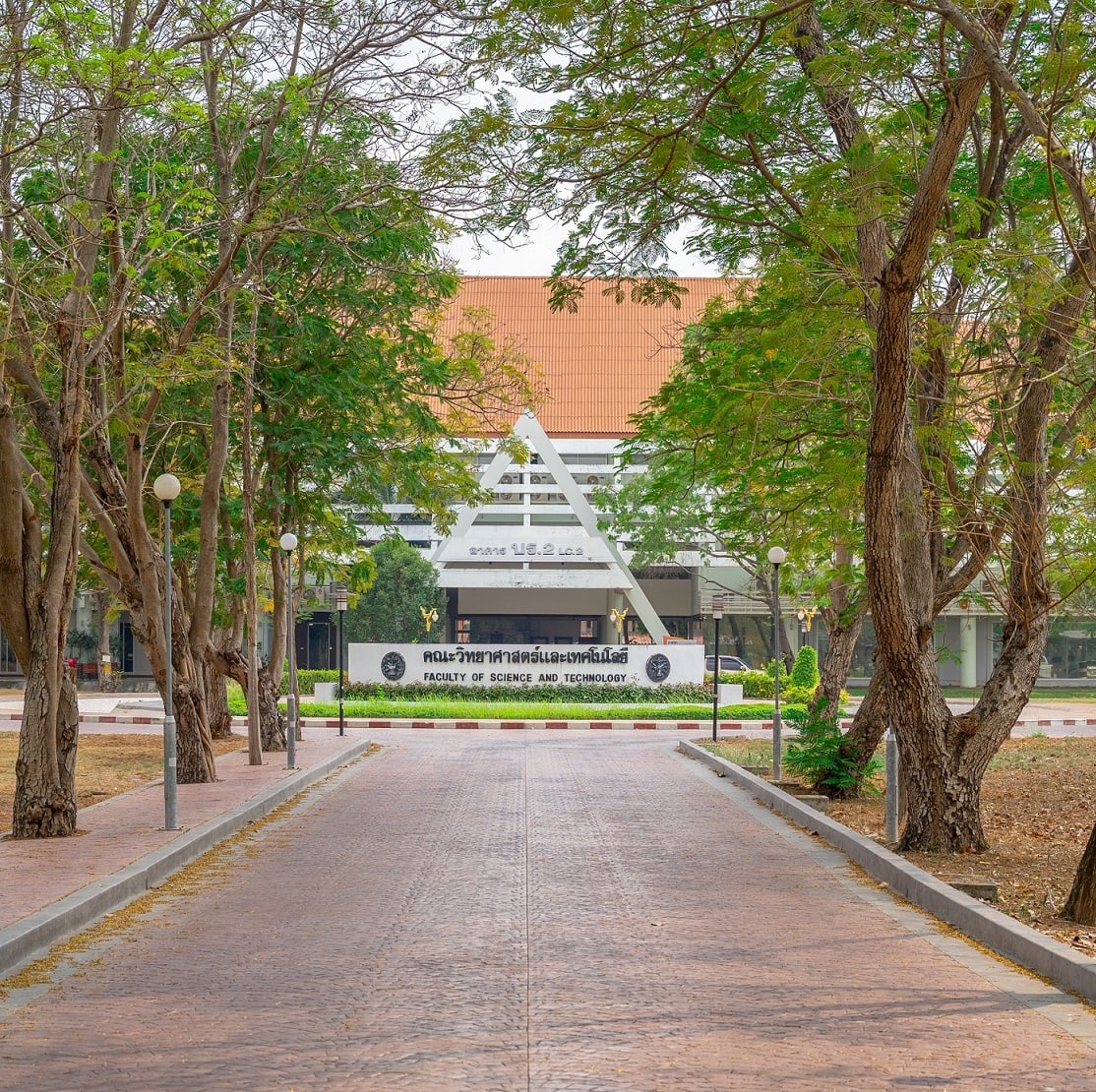
PROGRAMS
STUDENTS
EMPLOYEES
1986-1995
Foundation Construction
The Faculty of Science and Technology was established on 31 March 1986. The early period consisted of its foundation and building up with the opening of over 10 subjects accompanied by physical development such as the construction of learning buildings and laboratories and the procurement of high-level scientific instruments for use in teaching and research, including personnel development.
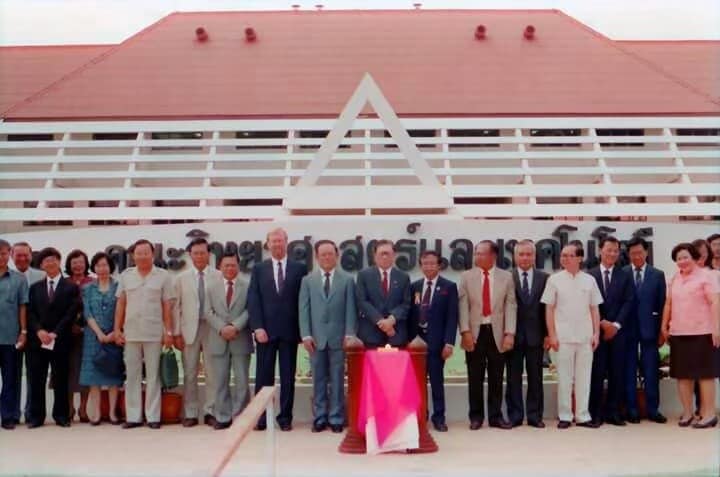
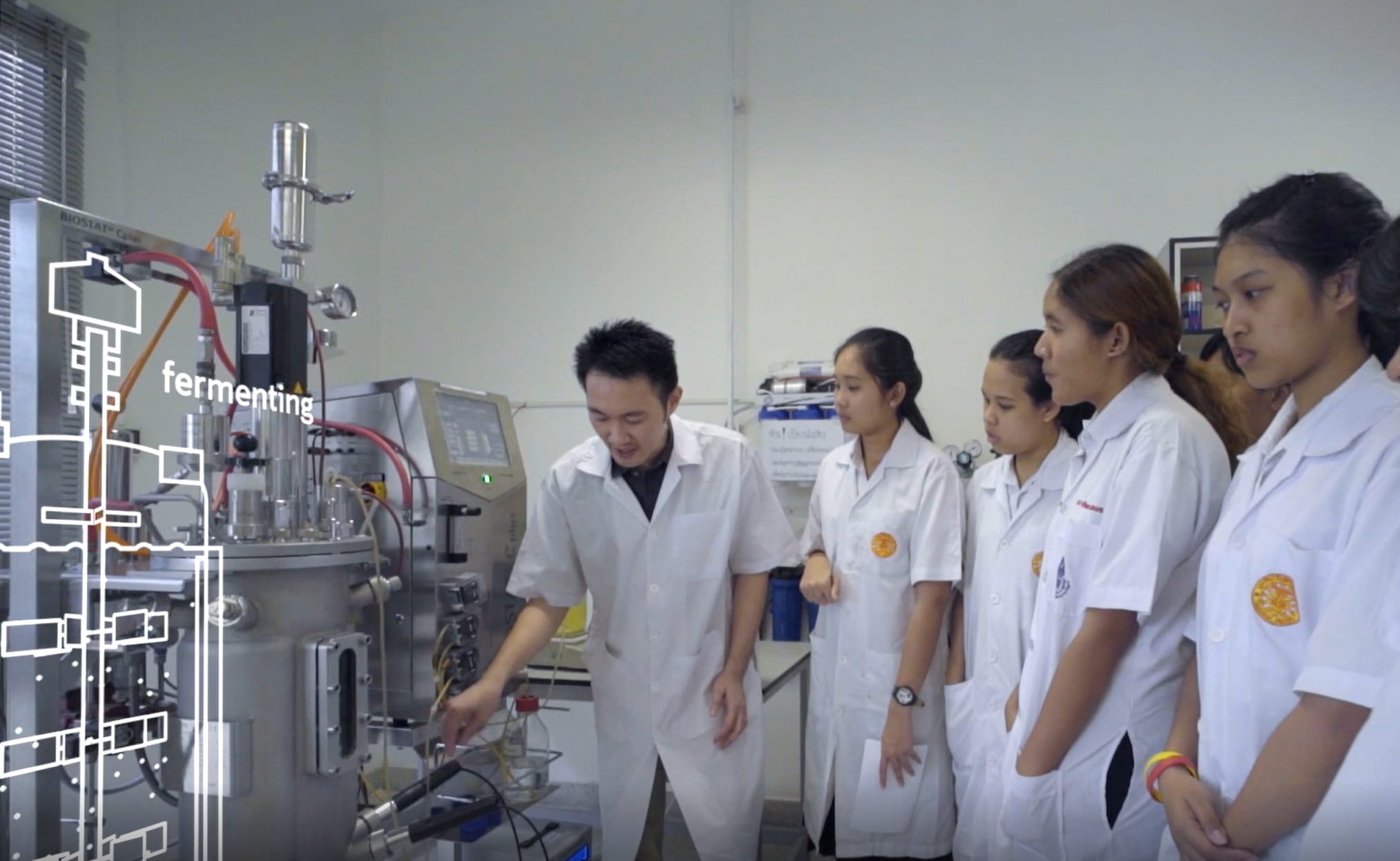
1996-2005
Expansion to the Graduate School Level
2006-2015
Development into a Research University
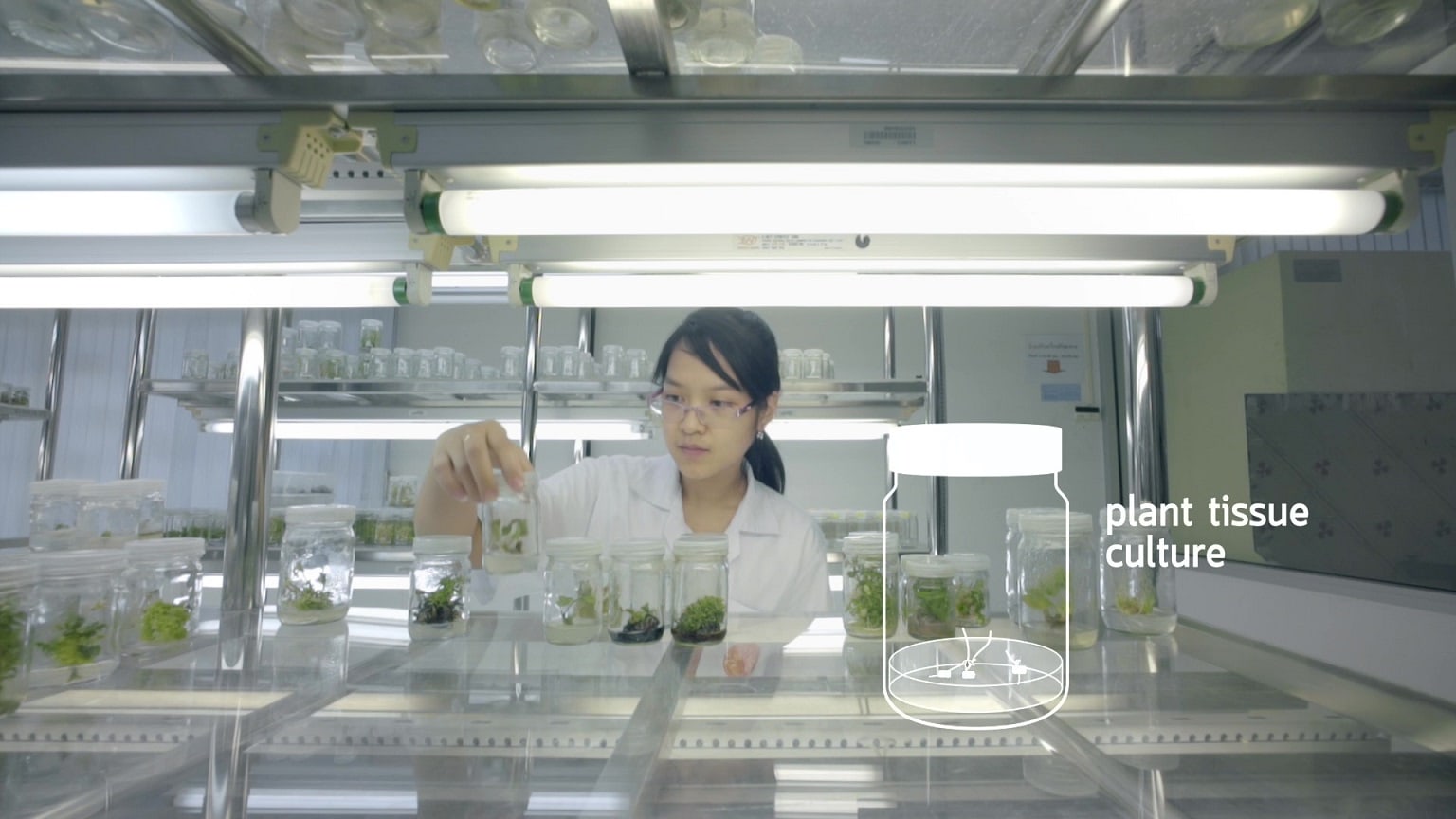

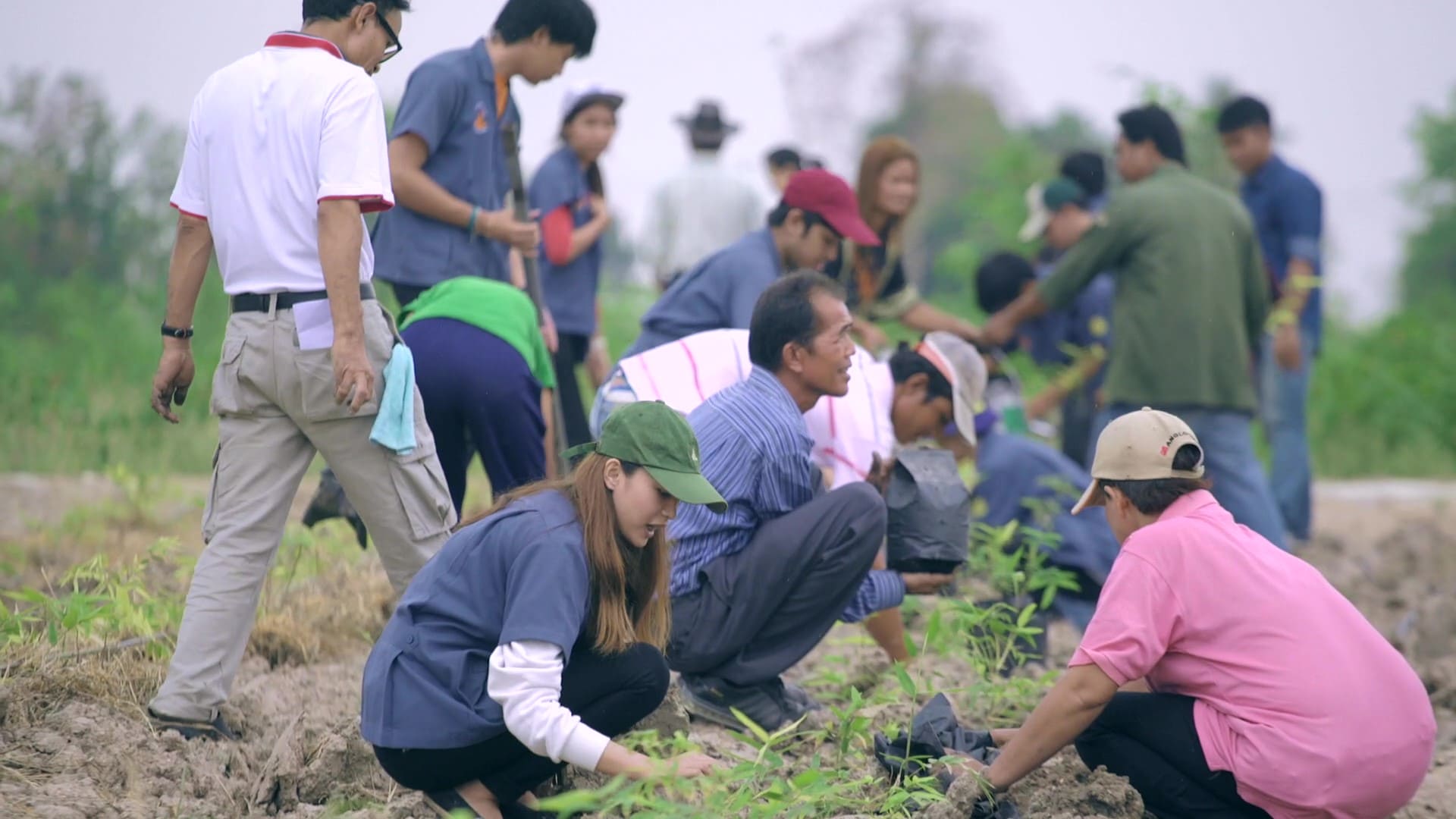
2016-present
